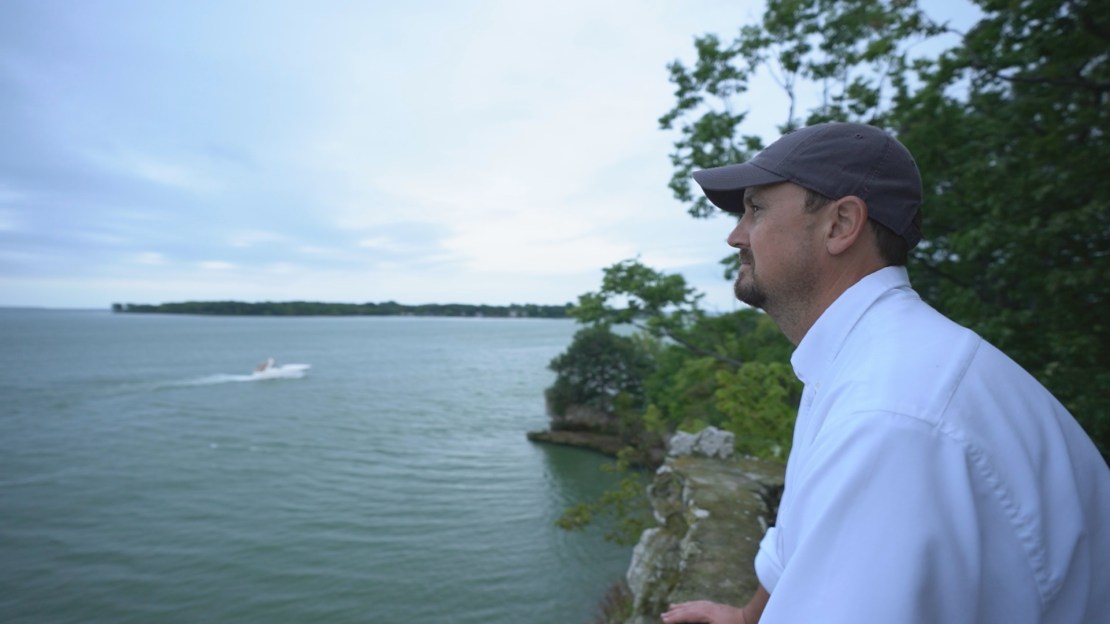Laura Depta, November 29, 2019
The Ohio State University?s Stone Laboratory takes learning outside the classroom to a new level.
?During the summer, you're going to have anywhere from 40 to 50 students living on the island, immersed in the science, collecting samples at breakfast, processing them at lunch, and thinking about them at dinner,? says Chris Winslow, PhD, Director for the Ohio State University Stone Lab in the Ohio Sea Grant program.
Stone Lab is located on a small, six-and-a-half-acre island in the western basin of Lake Erie. It has been part of Ohio State since 1925 and offers programs in freshwater biology research, experiential learning and community outreach.
It is a place where students - from advanced high schoolers to graduate students - and researchers come together to learn about and address issues related to Lake Erie and the Great Lakes.
Stone Lab offers science courses ranging from one day to six weeks in duration with titles such as Ecology and Conservation of Birds and Water Quality Management. The island is a five-mile ferry ride from the mainland, and since some students, faculty and staff live there for periods of time, it provides a real opportunity for immersion.
?It is really remote, and because of that you're embedded with your faculty, you're embedded with your other students, you're embedded with the staff that work up here,? says Winslow.
That hand-in-hand work with researchers is one of the major perks for Anthony Tambini, an OSU senior majoring in Forestries, Fisheries and Wildlife with a specialization in wildlife and fishery science.
?You also really get to have the opportunity to spend time with professors and actually get to know them, and know some of their research and some of their projects,? says Tambini. ?I've gotten the chance to sit down and eat meals with people [whose] papers I had read two years before I came up here.?
In addition to close interaction with researchers, students such as Tambini also have the opportunity to conduct their own research and get practical experience not possible inside a classroom.
?They are out on the water, they're doing the science that they're learning about,? says Suzanne Gray, PhD, Associate Professor with the School of Environment and Natural Resources in the College of Food, Agriculture and Environmental Science at OSU. ?And I've seen students come up here who did not have that experience and they go away with a whole new vision for what they want to do in the future.?
Stone Lab provides immense educational benefits to students and researchers, and community outreach is also a large component of its work. It is important to staff to educate the community on issues involving the lake that affect them.
For example, Gray studies how environmental changes affect fish populations and shares information with recreational charter fishing captains. Harmful algal blooms can affect the water quality of Lake Erie, on which 11 million people rely for drinking water. Elected officials who manage the water supply consult with the lab to learn from its research.
Stone Lab is a unique and innovative place. Not only are students and researchers gaining invaluable experience, but the work done there impacts the economy, recreation and health of the entire region.
?OSU is putting researchers and students in a position to be just amazingly successful,? says Winslow. ?And while doing that, solving some of the pressing issues for our Great Lakes, and really driving research and education in the future.?







